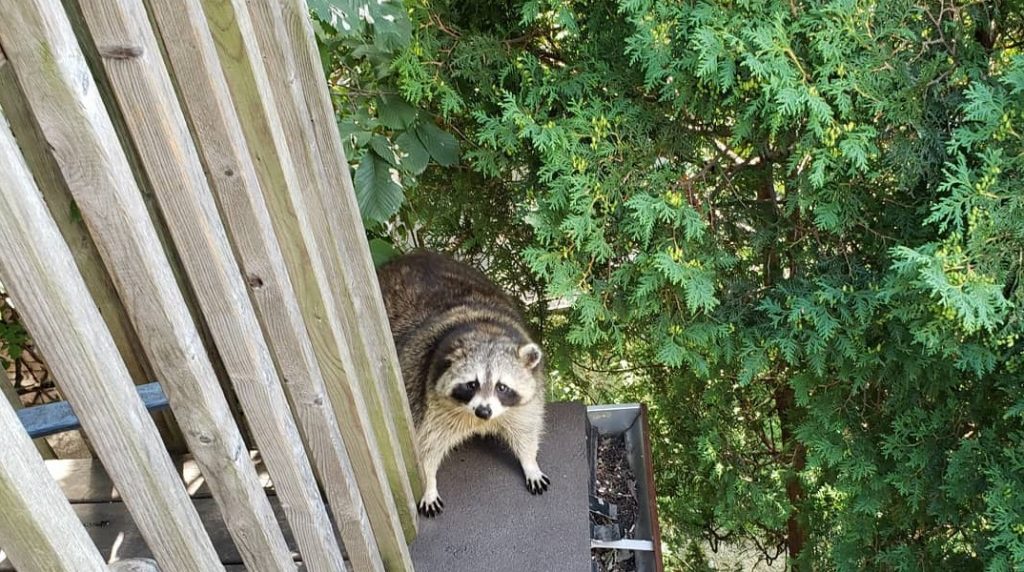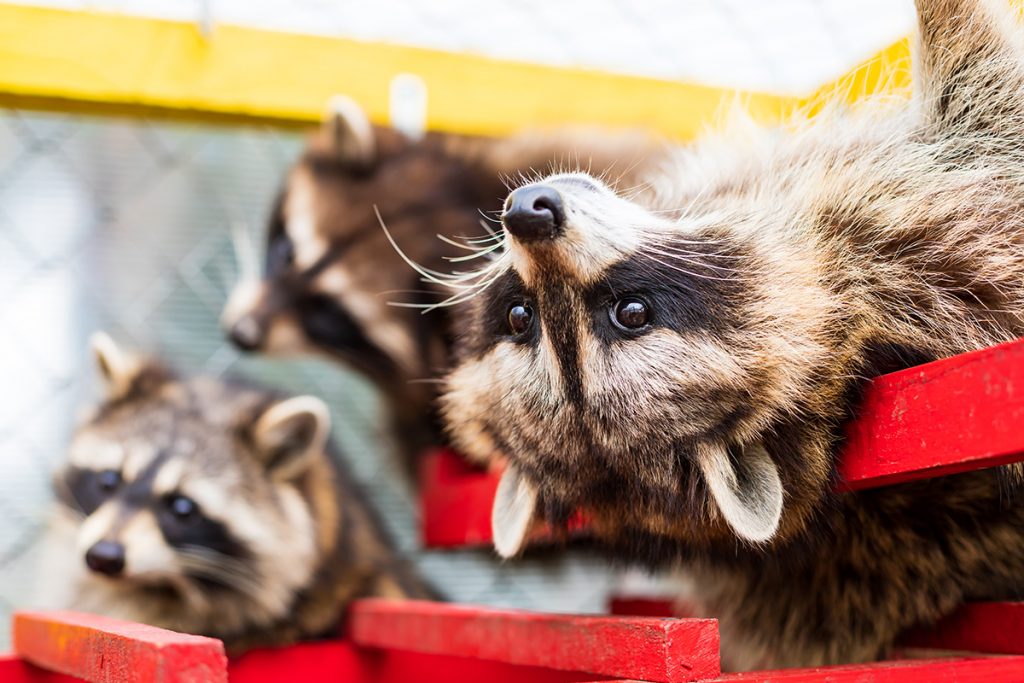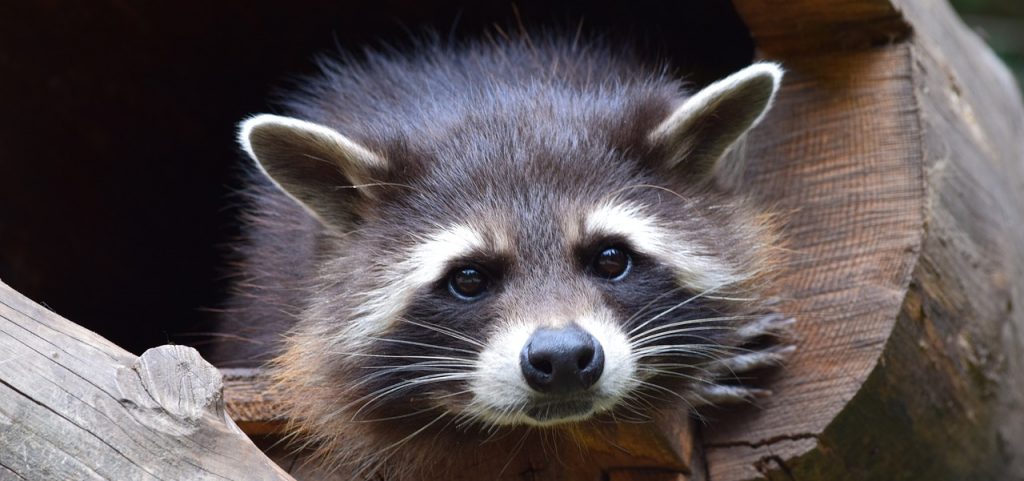It’s bad enough when raccoons become a nuisance when ruining gardens or raiding garbage cans, but they can be truly destructive when they get inside your attic, chimneys, or walls. In the wild, they create dens in high-up tree cavities as the height gives them protection from predators. But when their natural habitats fall short, they gravitate toward attics and chimneys as these places mimic much of their instinctual natural habitat.
Human structures provide raccoons with the necessities of what they need: warmth, shelter, and a safe space in which to raise their young. In addition, they’ve learned that living in proximity to humans provides them with easy and ongoing access to food and water.
Unfortunately, raccoons do a lot of damage to homes when attempting to get into them as well as once inside. They soil insulation, tear or bite through wires, and create an area where their feces will pile up. They can also introduce lice, fleas, and ringworm into a home as well as infectious diseases that can be transmitted to humans and pets when coming in contact with their waste. In addition, raccoons can carry rabies.
How Raccoons Get Into A House
It’s not hard to envision how small mice and insects can get into a house, but raccoons are much larger. While they are not small enough to squeeze through tiny gaps in doors, windows, and foundations, they have other physical characteristics that allow them to create their entry points.
Raccoons are agile and strong. They are excellent climbers and have nimble hands with thumb-like digits on their front paws that can grab, claw, and tear their way through a variety of surfaces and materials that make up the outer parts of a building, such as:
Soffits
On a home’s exterior, soffits are both an aesthetic and functional element. Because they are visible, they add character to a home. Functionally, they protect the rafters from the elements. If soffits are worn, they become an easy target for raccoons looking to find a vulnerable place to break into the attic.
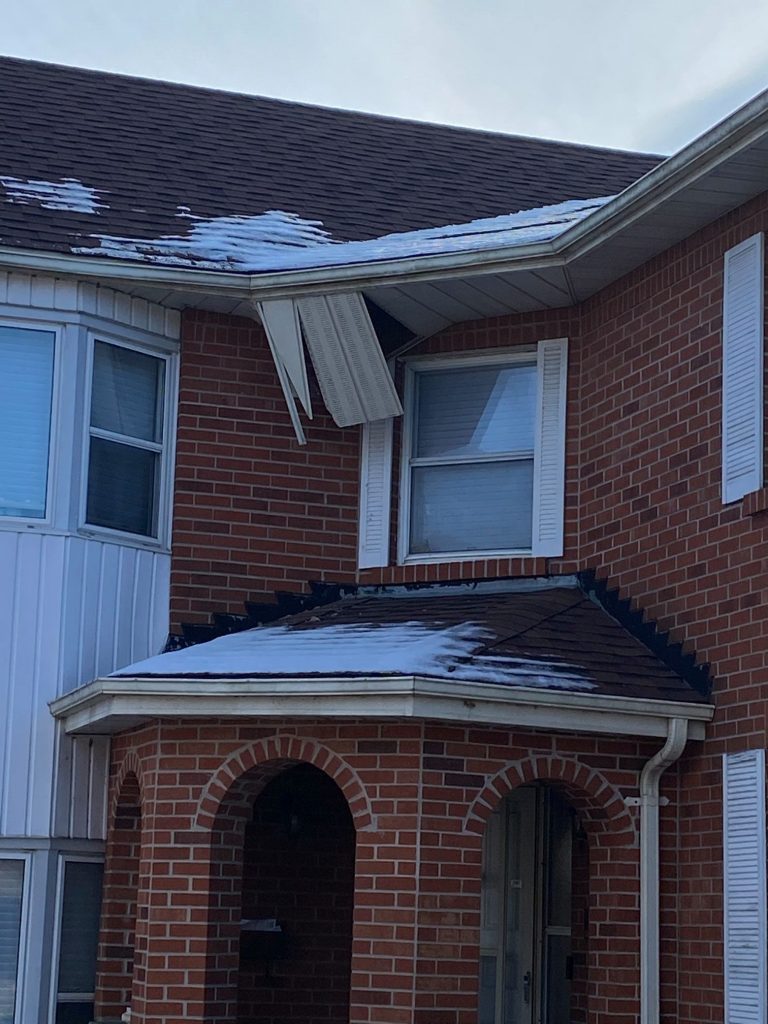
Vents

Roof vents and wall vents meant to maintain air flow to reduce the moisture that can build up in an attic or household systems such as dryers are an easy way for raccoons to gain entry.
Chimneys
Uncapped chimneys are a common point of entry for raccoons because they have a horizontal smoke shelf convenient for settling down with kits.
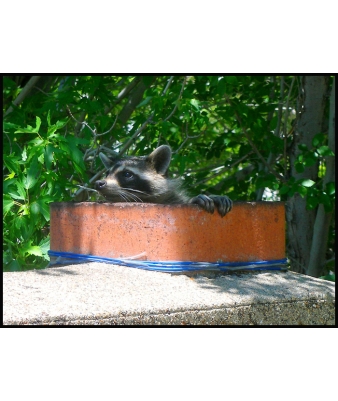
Roof Returns

This is the part of a roof that comes back to the wall of the house. It’s situated between the end of the roof and a home’s exterior wall.
If the roof return is worn or damaged, it becomes an easy place for a raccoon to rip away.
The Roof
Raccoons are notorious for making their entryway when none is available. If they’ve identified an attic as the place they want to use for shelter and a nest, they are known to rip off a perfectly intact section of the roof to get inside. They are incredibly cunning and determined and will do whatever it takes to survive the cold winter months and provide a warm den in which to raise their kits.
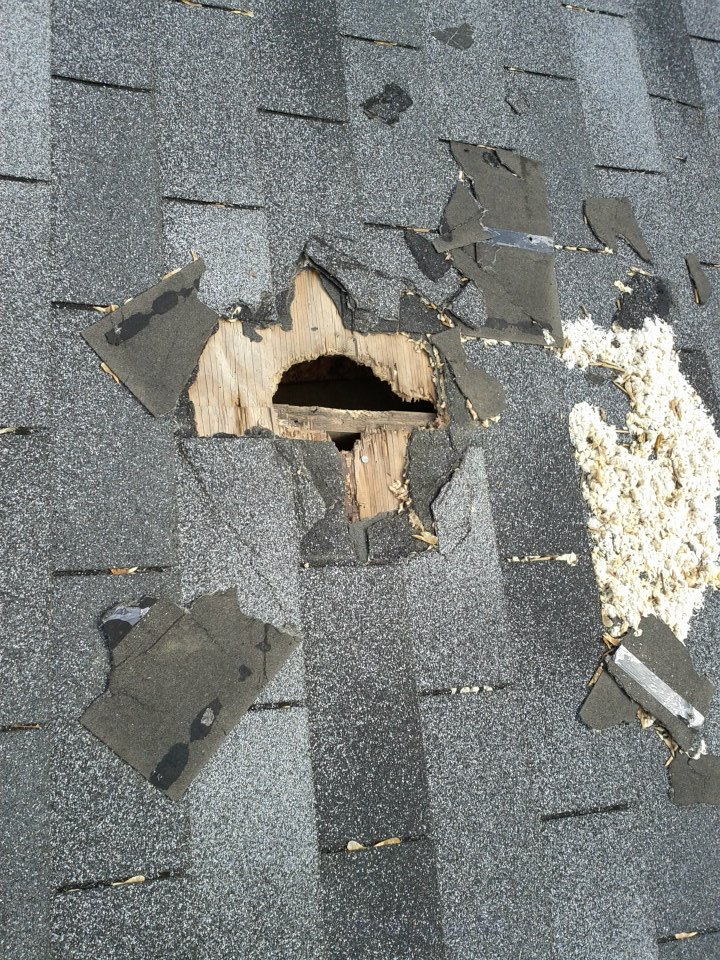
If a Raccoon is in Your Attic
One of the best things you can do for a home is to try to make it less appealing for them to choose your attic or chimney. Keep trash tightly lidded and inside a secure area, remove fallen fruit if there are fruit trees, eliminate bird feeders, and trim branches that allow critters to hop from a tree onto the roof.
If you suspect you have a raccoon in your attic or chimney, chances are it is a female seeking safe shelter in which to raise her kits during their long breeding season, which can last from late March into June and July.
Because of health risks to homeowners, a raccoon’s ability to become aggressive, and care for the kits, call the professionals at Critter Control for safe raccoon removal.
